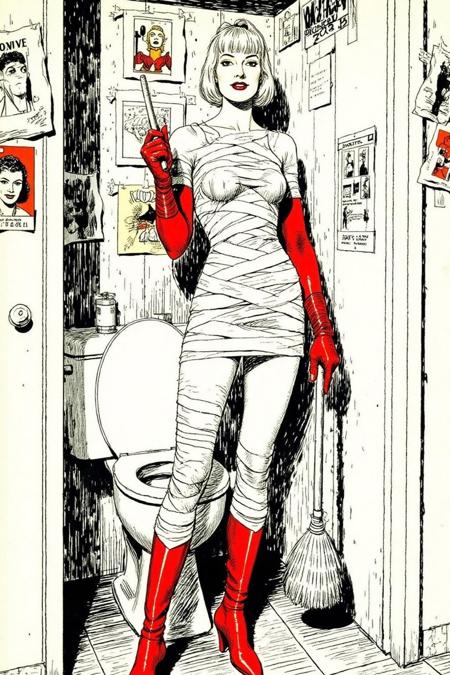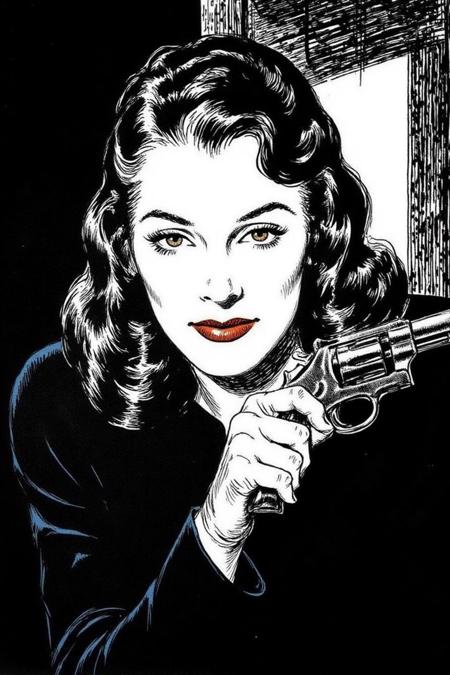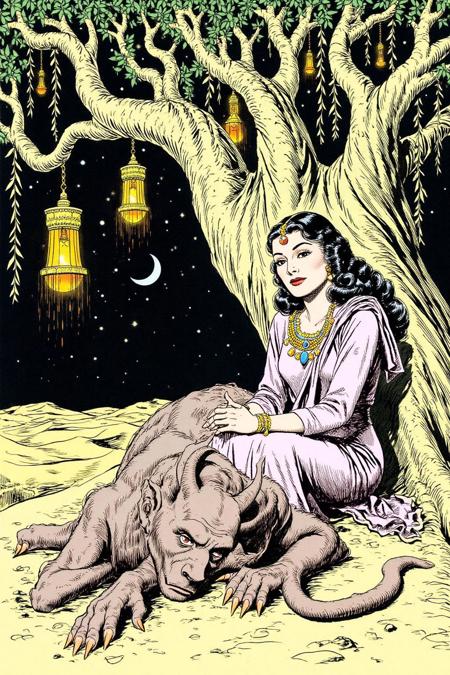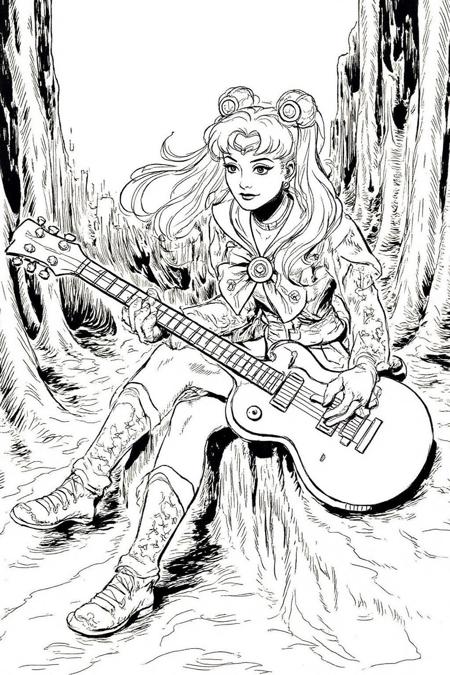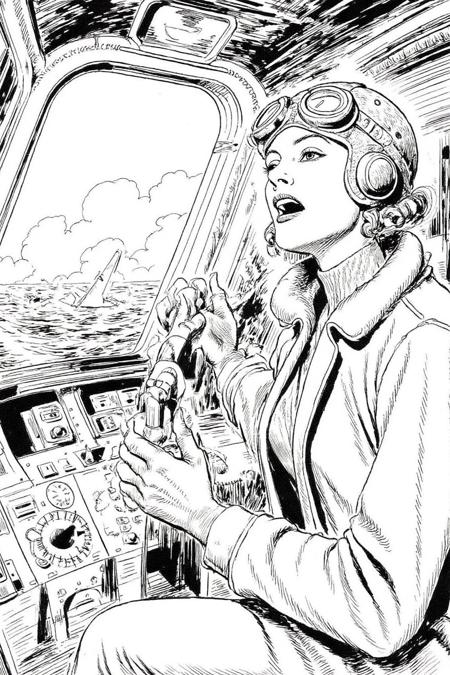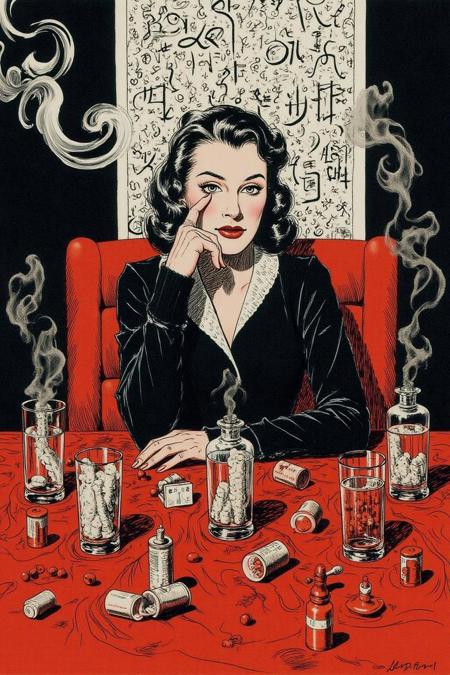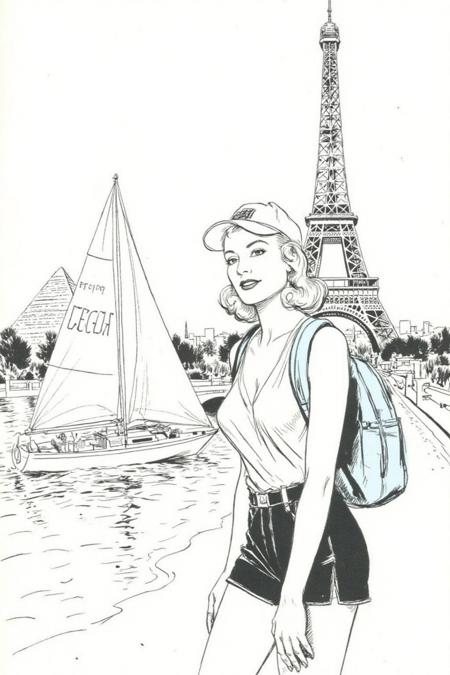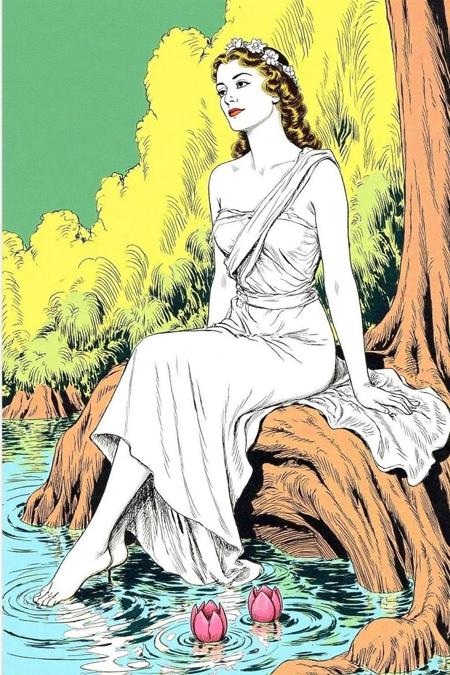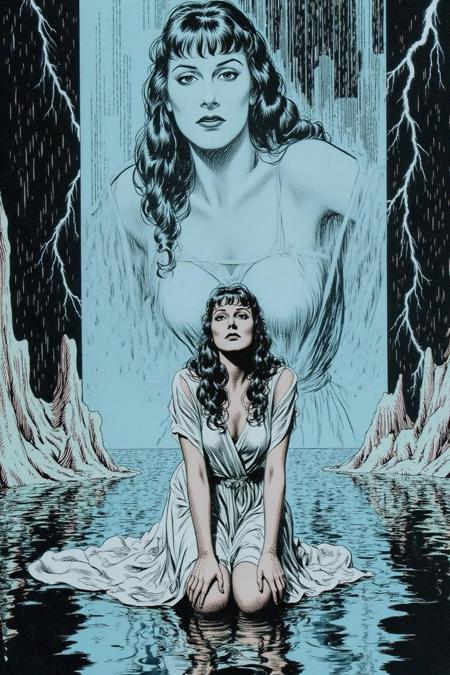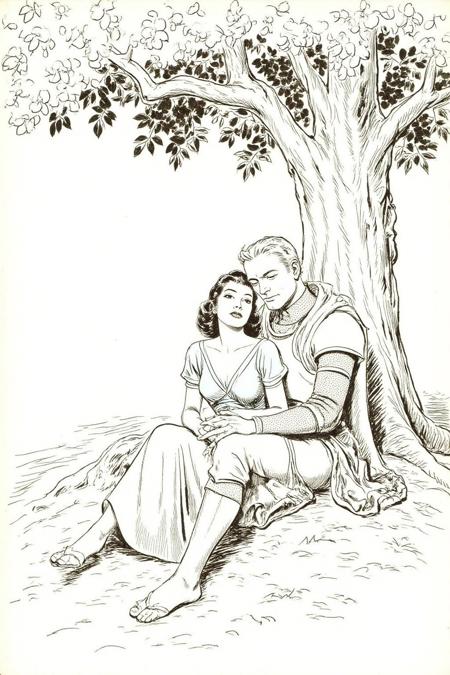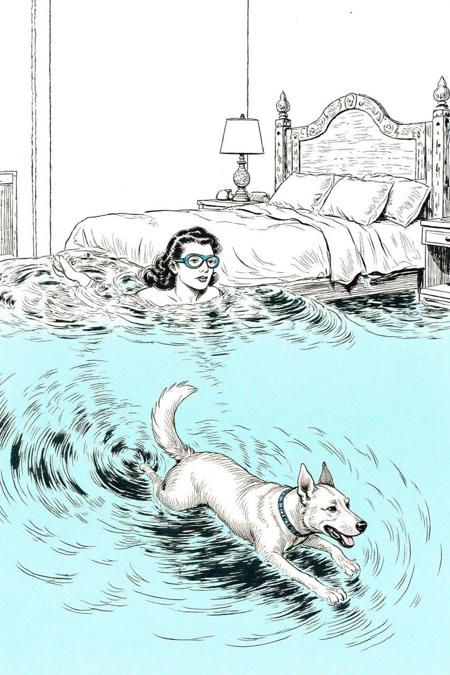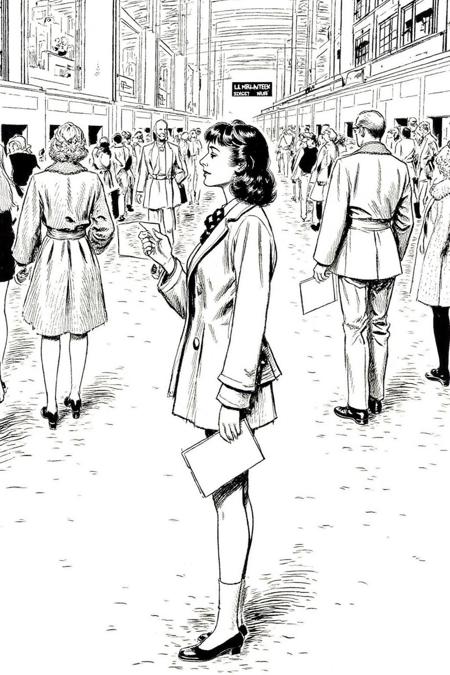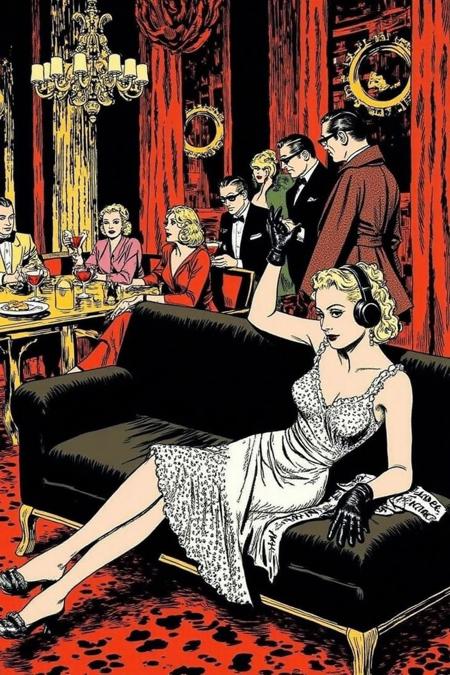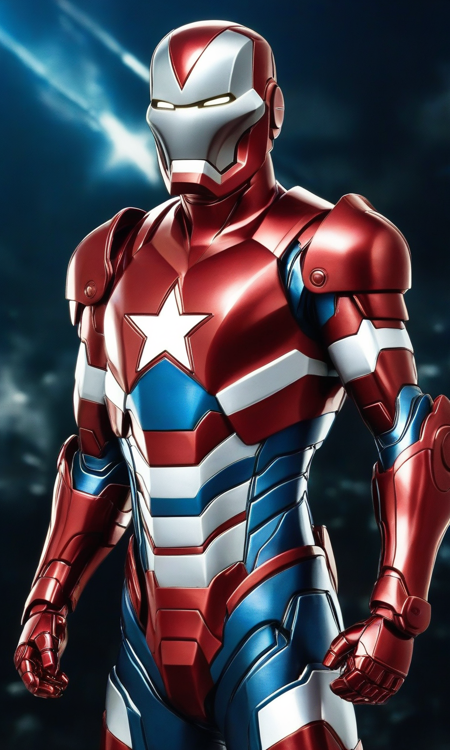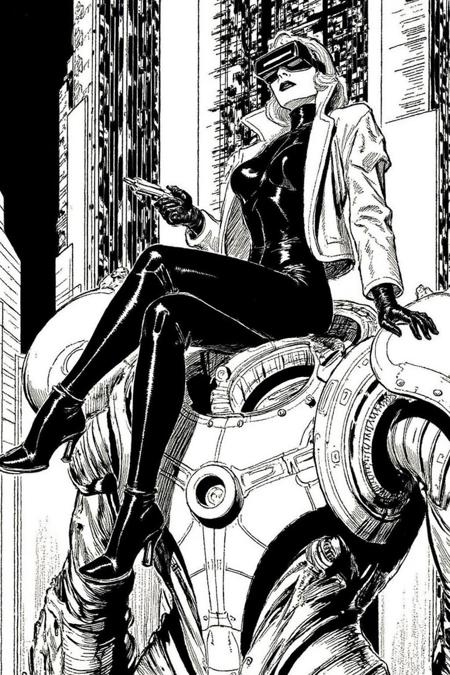
Trained on nineteen mostly black and white comic illustrations by the legendary Alex Raymond, creator of Rip Kirby and Flash Gordon comic strips. He is celebrated as one of the greatest and most influential figures in the history of comic art. The other pioneering artists are Hal Foster, Will Eisner, and Jack Kirby.
From ChatGPT:
Alex Raymond (1909–1956)
Alex Raymond was an American comic strip artist and illustrator, celebrated as one of the greatest and most influential figures in the history of comic art. Best known for creating "Flash Gordon", Raymond's intricate line work, imaginative storytelling, and ability to blend realism with fantasy set a new standard in visual storytelling. His contributions to the medium earned him widespread acclaim, and his style continues to inspire generations of comic artists.
Early Life
-
Full Name: Alexander Gillespie Raymond.
-
Birth: Born on October 2, 1909, in New Rochelle, New York.
-
Background: Raised in a middle-class family, Raymond displayed an early interest in drawing and illustration.
-
After his father's death, Raymond had to work to support his family while pursuing his artistic ambitions.
Career
-
Start in Illustration:
-
Raymond began working as an assistant in the King Features Syndicate art department in the early 1930s.
-
He contributed to various syndicated strips, including Tim Tyler’s Luck and Blondie.
-
-
"Flash Gordon" (1934–1944):
-
Raymond was hired to create a new comic strip to compete with the wildly popular Buck Rogers series.
-
Flash Gordon debuted on January 7, 1934, quickly becoming a sensation.
-
The story follows Flash Gordon, a heroic athlete, as he battles the tyrannical Emperor Ming the Merciless and explores the planet Mongo.
-
-
The series was notable for:
-
Raymond’s elaborate and cinematic compositions.
-
Imaginative, detailed depictions of alien landscapes, creatures, and technology.
-
A focus on adventure and romance.
-
-
Flash Gordon established Raymond as a master of science fiction illustration.
-
-
Other Comic Strips:
-
"Jungle Jim": Created as a companion strip to Flash Gordon, featuring adventures in exotic locations.
-
"Rip Kirby" (1946–1956): After returning from military service in World War II, Raymond created Rip Kirby, a detective strip with a more modern and realistic approach. It was groundbreaking for its sophisticated style and attention to detail, featuring a cultured, pipe-smoking private investigator.
-
-
Military Service:
-
During World War II, Raymond served in the U.S. Marine Corps and rose to the rank of captain.
-
-
Legacy in Comics:
-
Raymond's artistry on Flash Gordon was revolutionary for its time, influencing the development of comic art by introducing fine detail, dynamic action scenes, and a sense of visual drama that felt like a Hollywood production.
-
Artistic Style
-
Innovative Line Work:
-
Raymond’s intricate, clean lines gave his work a polished and sophisticated look.
-
His use of cross-hatching and detailed shading set a new benchmark for realism in comics.
-
-
Cinematic Vision:
-
Inspired by the golden age of Hollywood, Raymond’s panels had a cinematic quality, with dynamic framing, dramatic lighting, and lushly designed environments.
-
-
Human Expression:
-
Raymond brought a human touch to his characters, combining realistic anatomy with a flair for exaggeration in their facial expressions and gestures.
-
-
Fantasy Realism:
-
He seamlessly blended fantastical elements (aliens, spaceships, futuristic technology) with realistic depictions of human figures and landscapes, making his otherworldly settings feel tangible.
-
Influence
-
Comics and Pop Culture:
-
Raymond’s work inspired numerous comic artists, including Jack Kirby, Jim Steranko, and Al Williamson.
-
Flash Gordon became a cornerstone of science fiction and pulp adventure, influencing films, television series, and other media (e.g., George Lucas cited it as a major inspiration for Star Wars).
-
-
Legacy in Illustration:
-
Raymond elevated comic strips to an art form, blending high-quality illustration with engaging storytelling.
-
-
Recognition:
-
Raymond was posthumously inducted into the Will Eisner Comic Book Hall of Fame in 1996.
-
Death
-
Alex Raymond tragically died in a car accident on September 6, 1956, at the age of 46. He was driving a friend's car near Stamford, Connecticut, when the vehicle skidded and crashed.
Notable Works
-
Flash Gordon (1934–1944): His most iconic creation, blending adventure, romance, and science fiction.
-
Jungle Jim (1934–1944): A jungle adventure series, often printed alongside Flash Gordon.
-
Rip Kirby (1946–1956): A sophisticated detective strip that showcased his matured artistic style.
Cultural Impact
Alex Raymond is remembered as one of the founding fathers of modern comic art, combining technical mastery with groundbreaking creativity. His work continues to be celebrated for its visual beauty and its role in shaping the adventure and science fiction genres.
描述:
This is epoch 10, the rest are here: tensor. art/models/815413577369353311/Alex-Raymond-V1-NoCapD6A3Cos5-2025-01-05-23:23:28-Ep-10
Alex Raymond V1 NoCapD6A3Cos5 2025-01-05 23:23:28
FLUX.1 - dev-fp8
Trigger: alexray1 drawing
Repeat: 20 Epoch: 10 (Trained on nineteen 512x512 images for 3800 total steps)
Unet LR: 0.0005 Scheduler: cosine Optimizer: AdamW
Network Dim: 6 Alpha: 3
Epoch Loss
1 0.407
2 0.395
3 0.386
4 0.371
5 0.356
6 0.354
7 0.333
8 0.321 <- lowest
9 0.313
10 0.302
训练词语: alexray1 drawing
名称: alexray1_nocap_d6a3.safetensors
大小 (KB): 56200
类型: Model
Pickle 扫描结果: Success
Pickle 扫描信息: No Pickle imports
病毒扫描结果: Success


